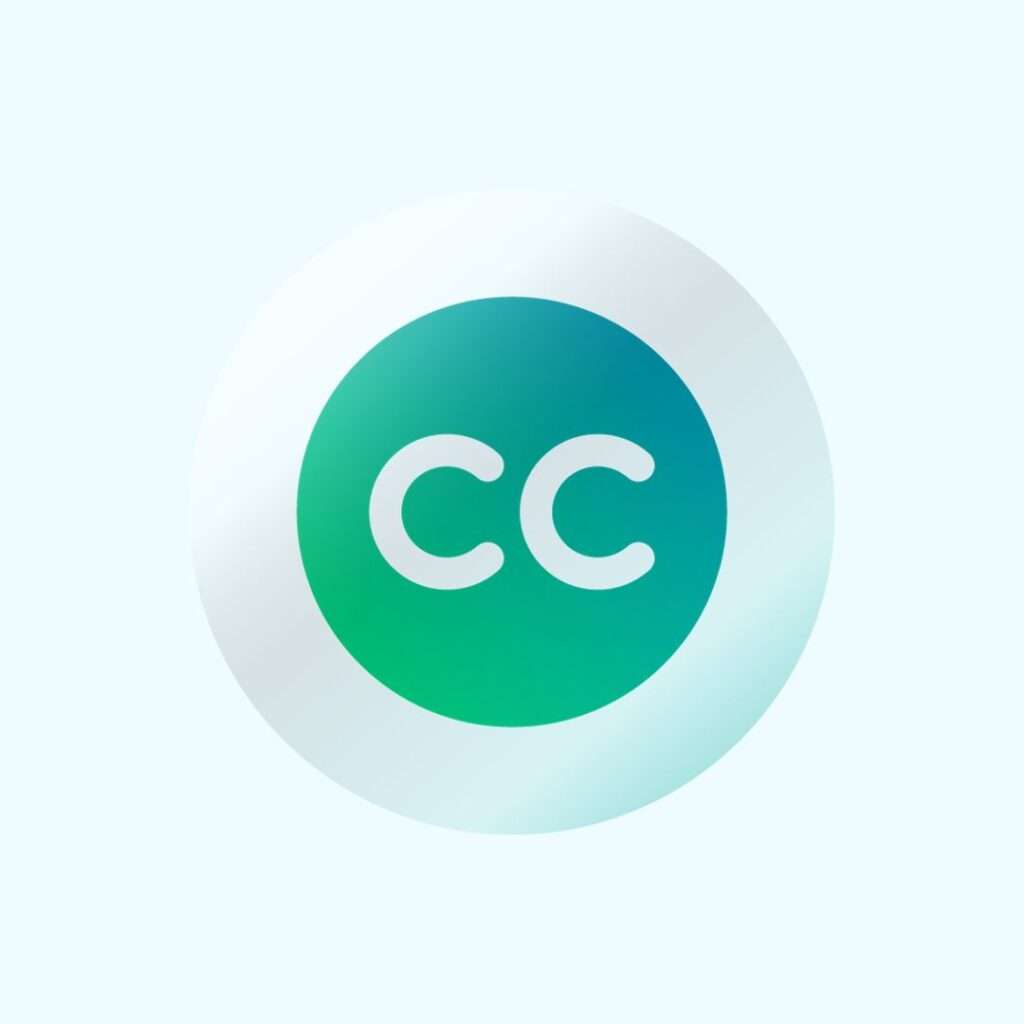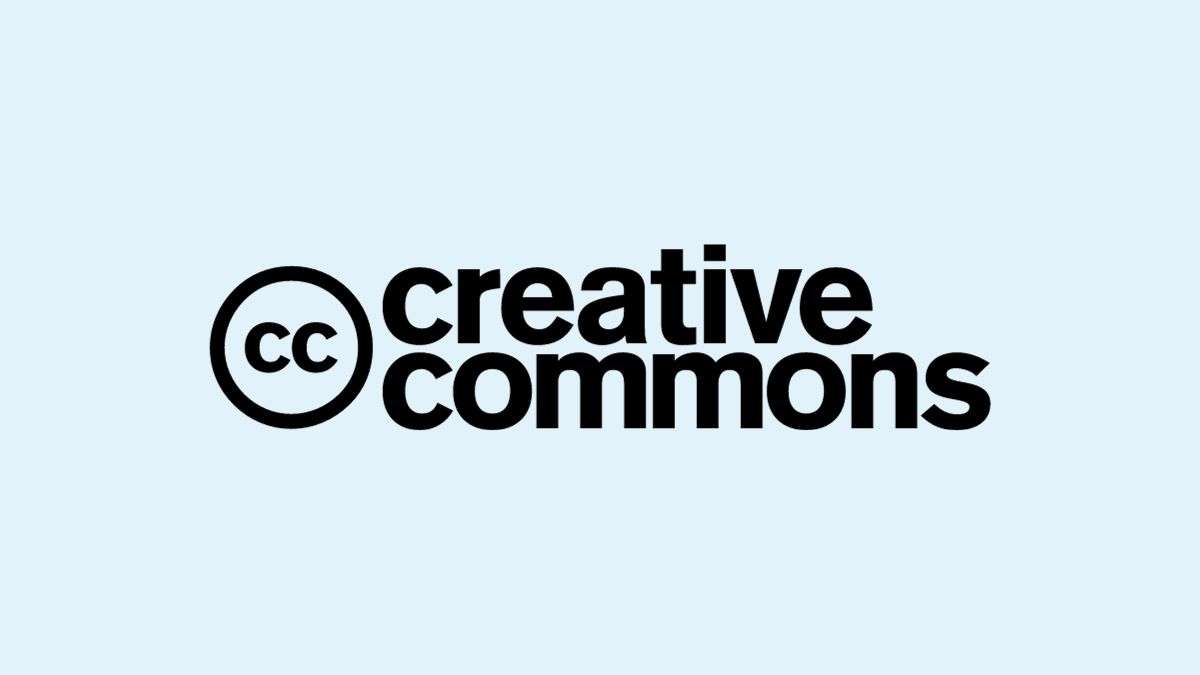Table of Contents
- Introduction
- Understanding Creative Commons Licenses
- Benefits of Open Licensing and Creative Commons
- Addressing Challenges and Misconceptions
- Conclusion
Introduction
Understanding Creative Commons licenses is crucial for those building knowledge on copyright. Creative Commons is a nonprofit organization that provides free, easy-to-use copyright licenses that give creators a simple way to govern the use of their creative work. The licenses allow creators to retain copyright while allowing others to share, use, and build upon their work legally.
Creative Commons licenses have become increasingly relevant in the digital age as more creative works like photos, videos, music, and articles are shared online. The licenses provide a flexible framework for governing creative works in the digital landscape. This empowers creators to choose how openly they want to share their creations while still maintaining copyright protections.
By making works available under Creative Commons licenses, creators can reach broader audiences and enable collaboration and remixing of their content. This facilitates the spread of information and creativity in the interconnected online world.
Importance of Creative Commons Licenses
Copyright is a form of protection provided automatically to creators of original works like books, music, photos, and more. It gives creators exclusive rights over reproduction, distribution, public display, and derivative works based on their creations.
However, outright copyright protection can sometimes limit the spread and usefulness of creative works. This is where Creative Commons comes in – it gives creators more flexibility in how their work can be used while retaining core copyright protections.
The concept of open licensing has become more and more popular, especially among online creators. Platforms like YouTube, Wikipedia, Flickr, and more have embraced Creative Commons licensing to encourage sharing and collaboration.
Many governments, nonprofits, and educational institutions also adopt open licensing policies to increase access to information and data. Creative Commons provides ready-made licensing frameworks to facilitate this growing open culture that fuels creativity and innovation.
As the Internet facilitates global participation in creativity, open licensing models are essential to balance the interests of creators and the public good.
Understanding Creative Commons Licenses
The Creative Commons licenses allow creators to retain certain rights over their work while allowing others to use and build upon it. Six main types of Creative Commons licenses exist, each with different implications for how others can use the licensed content.
The six main Creative Commons license types are:
- CC BY – Anyone can distribute, remix, and build upon the work, even commercially, as long as they credit the original creator.
- CC BY-SA – Others can remix and build upon the original work, even for commercial purposes, as long as they credit the creator and license any new creations under the same terms.
- CC BY-ND – Allows redistribution and commercial use as long as the work is passed along unchanged and in whole, with credit to the creator.
- CC BY-NC – Allows others to remix, tweak, and build upon the original work non-commercially, as long as credit is given and new creations are non-commercial.
- CC BY-NC-SA – Others can remix and build upon the original work non-commercially as long as they give appropriate credit and license their new creations under identical terms.
- CC BY-NC-ND – The most restrictive license, only allowing others to download the original work and share it as long as appropriate credit is given, but no changes can be made.
Creators can choose a Creative Commons license that fits their preferences for allowing reuse while retaining copyright over their work. For example, the BY-NC-ND license allows maximum copyright control while permitting access, whereas the BY license gives up most rights while enabling the most comprehensive reuse of content.
Creators can also release different versions of their work under different licenses. For instance, a full-resolution photo may have a BY-NC-ND license, while a lower-resolution version has a BY license to enable broader sharing.
There is an inherent tension between wanting control over one’s creative work and contributing to shared human knowledge. Creative Commons licenses offer a middle ground, giving some rights to the public while allowing the creator to retain ownership.
Wider sharing under open licenses provides significant public benefits – for example, educational resources can empower those without access. However, creators also need incentives and protections to keep producing original works.
Finding the right balance is a personal choice for each creator. The flexible Creative Commons licensing model empowers authors to choose between protection and openness.
Benefits of Open Licensing and Creative Commons
Open licensing through Creative Commons provides significant benefits for creators and society. By allowing others to use their work legally under certain conditions, creators can empower themselves in multiple ways.
Creative Commons licenses give creators the flexibility to retain copyright while allowing others to copy and distribute their work. This helps spread awareness of the creator’s work to a much wider global audience. For example, a musician could license their songs under a Creative Commons license that allows others to share the music but requires attribution. This exposes more listeners to the music and gives the musician more opportunities for recognition, new collaborations with remixers, and revenue through increased concert ticket sales or merchandise purchases.
Open licensing facilitates innovation by allowing creators to build on and derive new works from existing ones. For instance, Wikipedia and other open access platforms have massively increased the spread of human knowledge. Researchers can access a wealth of Creative Commons-licensed academic papers, data, images, and more to drive progress in their field.
Educators can legally access Creative Commons-licensed lesson plans, activities, and multimedia to engage students. Even commercial companies benefit from enhanced creativity, as Creative Commons-licensed works provide fertile ground for developing new products and services.
Case studies and Examples
There are many real-world examples showcasing the power of Creative Commons licensing:
- Moby released his album “Play” under a CC license, allowing non-commercial copying and distribution. This catapulted his once-obscure career and led to mainstream success.
- Khan Academy offers over 4,000 educational videos for free under a CC BY-NC-SA license. This has revolutionized open access to high-quality teaching content.
- Wikimedia Commons hosts over 50 million reusable media files under various CC licenses. The resource benefits countless websites, researchers, students, and more.
These examples demonstrate the immense value unlocked by open licensing. Creators can achieve career breakthroughs and engage broad audiences. Public access to information and creativity is greatly enhanced. Overall, Creative Commons facilitates vibrant, thriving communities of innovation and sharing.
Addressing Challenges and Misconceptions
There are a few common misunderstandings about Creative Commons licenses and open licensing models that are worth addressing. Some people mistakenly believe that Creative Commons means giving up your copyright or allowing anyone to do anything with your work. However, Creative Commons licenses do not require surrendering your copyright – you still retain ownership and control.
The licenses allow specific uses under defined conditions. Another misconception is that open licensing diminishes the value of creative works. On the contrary, studies show that wider sharing and collaboration enabled by open licenses can increase a work’s reach and impact.
While Creative Commons licenses facilitate sharing, there are some potential legal issues to consider. Licensors should understand that allowing adaptations or commercial use may lead to outcomes they disagree with.
There are also limitations – Creative Commons licenses mainly apply to copyright and do not protect trademarks, patents, publicity rights, or privacy. And while the licenses are standardized globally, local laws may affect interpretation and enforcement. Responsible licensors educate themselves on the licenses and potential risks. On the users’ side, following license terms, properly attributing works, and not going beyond the scope of permissions granted are vital to avoiding legal problems.
Using Creative Commons-licensed content can significantly benefit your creative projects, but does require some strategic thought. First, understand which license applies and what uses are allowed – don’t assume. Appropriately attribute the original creator as required by the license with name, links, and indication if changes were made. Make attribution as prominent as appropriate, given the degree of reuse.
For substantial edits, derive a new title to avoid confusion. Also, inform others when Creative Commons-licensed material is reused in a collective work. If reusing Creative Commons material commercially, ensure financial obligations are fulfilled if applicable. Adhering to these best practices helps sustain the Creative Commons ecosystem.
Conclusion
After exploring the basics of Creative Commons for beginners, there are many benefits for creators and consumers. By allowing more flexible use of their work, creators can reach broader audiences and enable richer collaboration. For consumers, open resources empower learning, research, and innovations that might not otherwise be possible.

However, it’s also essential to have realistic expectations about open licensing. As we covered, Creative Commons licenses still allow creators to retain core ownership rights, and there are boundaries around how others can use CC-licensed material. Common misconceptions, like assuming all openly licensed content is copyright-free, also exist.
Summarizing the Key Takeaways
The key takeaways from this discussion of Creative Commons for beginners include:
- Creative Commons provides flexible copyright licenses to allow more open access and use of creative works
- Open licensing facilitates sharing and collaboration while still respecting creator rights
- There are different types of Creative Commons licenses with specific terms creators can choose from
- Openly licensed content still has copyright protections with attribution required
- Finding the right balance between protection and openness has societal benefits
If you create original content, consider whether a Creative Commons license could help reach more people while retaining control over commercial uses. There may be exciting collaborative opportunities ahead.
While embracing open access, we must also continue respecting the intellectual property rights that make creativity financially viable. Ensure you understand and correctly apply the specific terms of any Creative Commons license. And if you remix or build upon open content, always attribute it back to the original creator.
By supporting the framework of shared copyright and open licensing, we each play a part in cultivating a culture where ideas are freely exchanged for
